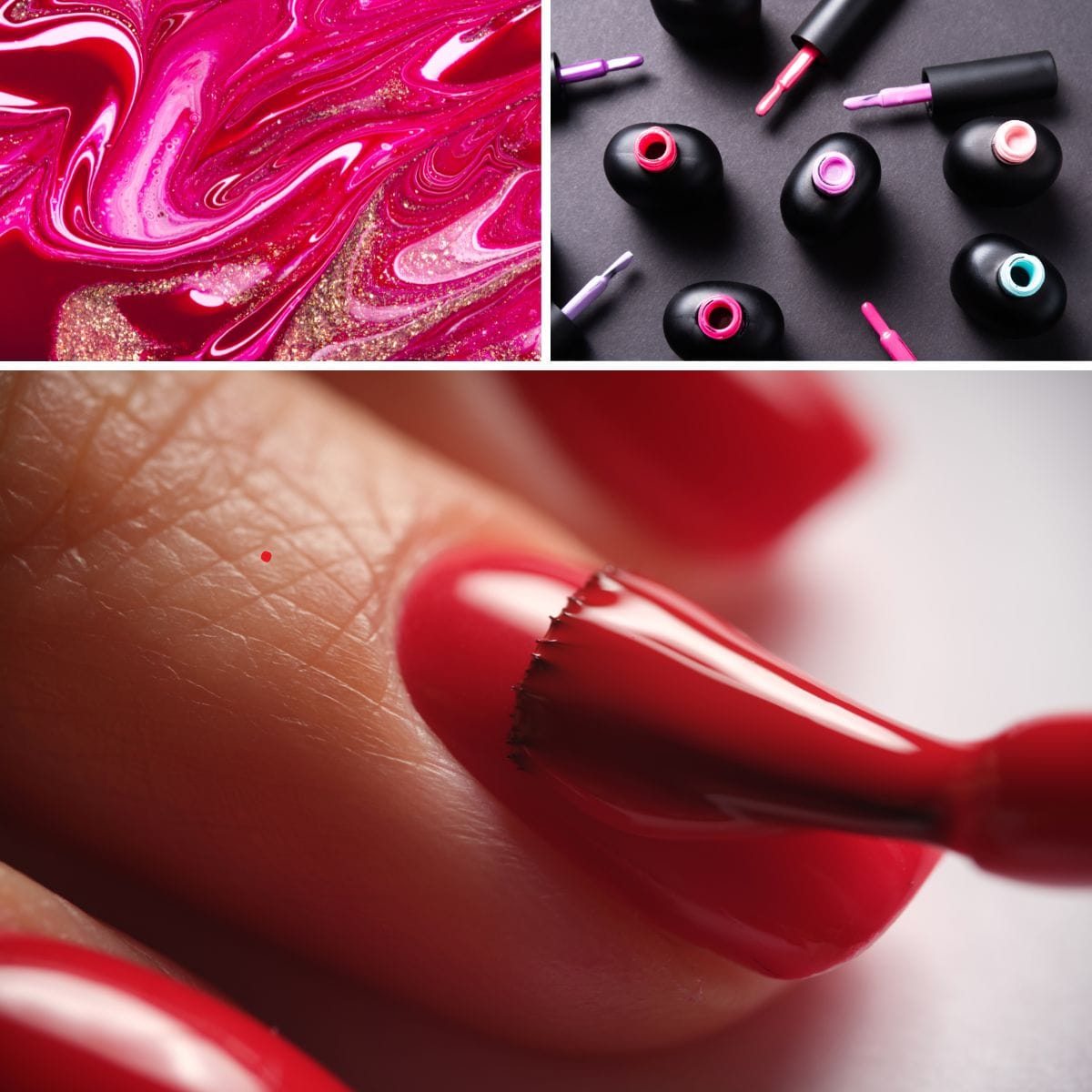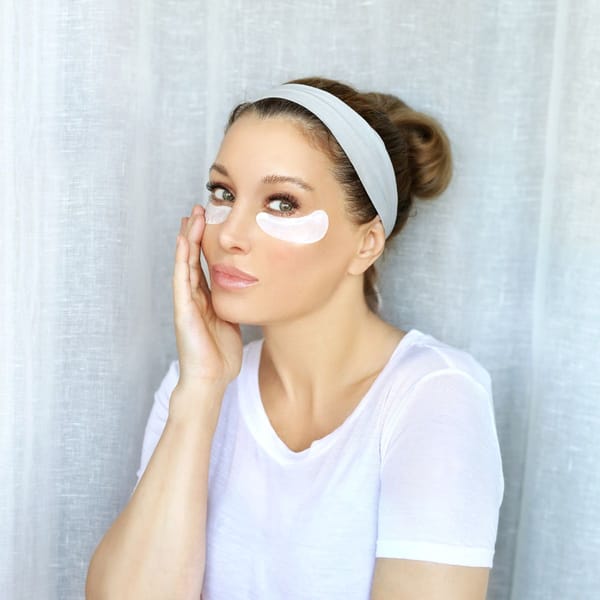Gel polish has revolutionized the beauty industry with its long-lasting shine and chip-free finish. However, there are times when opting for gel polish might not be the best choice for your nails. In this friendly and informative guide, we'll explore the scenarios where traditional nail polish or other alternatives might be more suitable for you.
Key Takeaways:
- Understand the situations where gel polish may not be the ideal choice for your nails.
- Learn about the potential risks associated with frequent gel manicures.
- Discover alternative nail care options that can help maintain nail health.
The Allure of Gel Manicures
Gel manicures have become a staple in the beauty routines of many. The promise of a glossy finish that lasts for weeks without chipping is enticing. However, it's essential to recognize that gel polish is not always the best option for everyone. Understanding when to give your nails a break from gel can prevent potential damage and keep your nails healthy.
Recognizing Nail Health
Before you book your next gel manicure, take a moment to assess the condition of your nails. If you notice signs of brittleness, thinning, or peeling, it might be time to skip the gel. Regular exposure to UV light and the removal process can exacerbate these issues, leading to weaker nails over time.
The Removal Process
One of the most significant drawbacks of gel polish is the removal process. Soaking cotton balls in acetone and wrapping them with aluminum foil can be harsh on your nails and skin. If you find that your nails are becoming dry and brittle after repeated gel removals, consider giving them a rest and opting for regular polish instead.
Sensitivity to UV Light
The curing process of gel polish involves exposure to UV light, which can be a concern for some individuals. If you have sensitive skin or are advised to avoid UV rays for health reasons, it's best to steer clear of gel manicures. Instead, look for UV-free alternatives or stick to classic nail polish.
When Natural Nails Need to Breathe
Contrary to popular belief, nails don't need to "breathe," but they do need a break from the constant application of gels and polishes. If you've been wearing gel non-stop for at least two weeks, consider letting your nails go polish-free for a while to prevent damage and maintain their integrity.
Allergic Reactions
Some people may develop an allergic reaction to the components in gel polish. If you experience redness, itching, or swelling around your nail beds after a gel manicure, it's a clear sign to switch to hypoallergenic or natural nail polish options.
The Cost of Gel Manicures
Gel manicures can be more expensive than traditional ones. If you're looking to save money, regular nail polish is a cost-effective alternative that still offers a wide range of colors and finishes.
The Importance of Nail Preparation
Before you even consider reaching for that bottle of gel polish, it's crucial to understand the importance of proper nail preparation. If your nails aren't prepped correctly, you're setting yourself up for a manicure that could do more harm than good. When not to use gel polish? Well, if your nail beds are damaged or your cuticles are in poor shape, it's best to avoid gel manicures. Applying cuticle oil and giving your nails some TLC can go a long way in maintaining nail health. A professional nail technician will always ensure that your nails are filed, cleaned, and free of any oils or debris before applying a gel base coat. This step is vital for the gel polish to adhere correctly and last longer without lifting or chipping.
In addition to prepping the nail bed, it's also important to consider the condition of your natural nails. If they're brittle or weak, gel polish might not be the best option. Regular nail polish or a strengthening treatment might be a better alternative until your nails grow stronger. Remember, healthy nails are the foundation of any long-lasting manicure, whether it's gel or classic nail polish. So, if you're in between gel manicures, take the opportunity to nourish your nails with cuticle oil and a break from the UV light to keep them in top condition.
The Role of Proper Removal Techniques
One of the biggest mistakes in gel manicure care is improper removal. When it's time to remove gel polish, the process should be approached with patience and the right tools. Rushing the removal process or using incorrect methods can lead to damaged nail beds and weakened nails. It's generally recommended to soak cotton balls in acetone, place them on the nails, and wrap each finger with aluminum foil to allow the gel to break down gently. This method helps prevent damage to the natural nail and cuticles, as opposed to forcefully scraping off the polish.
However, even with the correct removal technique, it's important to give your nails a break from gel manicures every now and then. After removing the gel polish, lightly buff the surface of your nails to smooth out any imperfections and apply a nourishing cuticle oil to hydrate the nail bed. This recovery period allows your nails to breathe and regain their strength. If you notice any signs of damage or excessive dryness after removing gel polish, it's a clear indicator to hold off on your next gel application and perhaps opt for a hydrating regular polish or treatment instead.
Time Constraints
Applying gel polish and curing it under UV light takes time. If you're short on time, a quick application of regular polish can be more convenient. Plus, you won't need to spend additional time at the salon for the removal process.
DIY Challenges
While at-home gel kits are available, achieving a salon-quality finish can be challenging. If you're not confident in your ability to apply or remove gel polish correctly, it's better to use regular polish to avoid damaging your nails.
Pregnancy Considerations
Pregnant women are often advised to limit their exposure to chemicals and UV light. If you're expecting, it's generally recommended to avoid gel manicures and opt for safer nail care alternatives.
Environmental Concerns
The ingredients in gel polish and the acetone used for removal can be harmful to the environment. If you're eco-conscious, using traditional nail polish with less toxic ingredients may align better with your values.
When Simplicity Wins
Sometimes, the simplicity of regular nail polish is what you need. It's easier to apply, remove, and change colors whenever you desire without the commitment of a gel manicure.
Professional Restrictions
Certain professions may have restrictions on nail length or color. In these cases, using regular polish allows for quick changes to comply with workplace guidelines.
Athletic Activities
If you're an athlete or engage in activities that are tough on your hands, gel polish might not withstand the wear and tear. Regular polish can be a better option as it's easier to touch up when needed.
Summary
Gel polish offers a durable and long-lasting manicure, but it's not always the best choice for everyone. Considering factors like nail health, sensitivity to UV light, cost, and personal circumstances can help you decide when to opt for traditional nail polish instead. By being mindful of these situations, you can keep your nails looking great while also ensuring they remain healthy and strong.
FAQ Section
Q: How often should I take a break from gel polish? A: It's generally recommended to give your nails a break from gel polish every two to three weeks to prevent damage and maintain nail health.
Q: Can gel polish weaken my nails? A: Yes, frequent use of gel polish and exposure to the harsh removal process can lead to weakened, brittle nails over time.
Q: Are there any alternatives to gel polish that are less damaging? A: Yes, you can opt for regular nail polish, which is less damaging and easier to remove. There are also newer nail polish formulas that offer long-lasting wear without the need for UV light curing.







